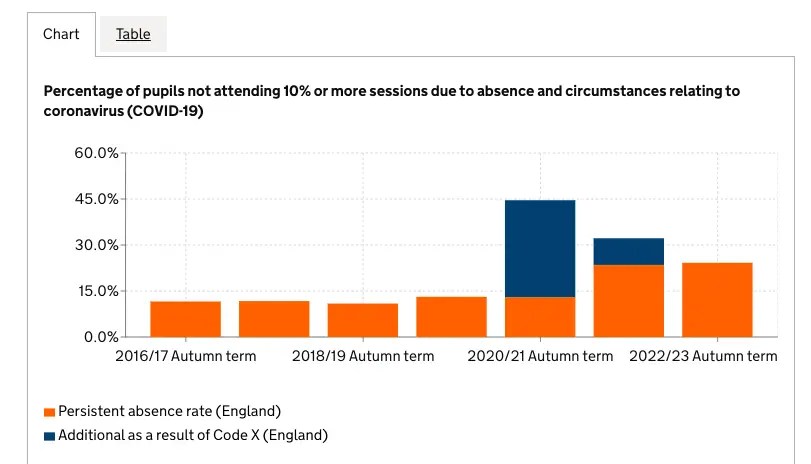Andrew Pilkington (2002) argues that nationalisms are socially constructed. Nationalism is a relatively recent phenomenon, despite the fact that many nationalist movements claim their origins go back thousands of years.
For most of human history, humans organised themselves in small social groups, and the idea of identifying with millions of strangers would have seemed alien.
It was only in the 18th century that the idea of nations and national identities started to emerge, encouraged by economic changes brought about through the industrial revolution. Strengthening the idea of the nation was also useful for colonialism.
A concept of ‘otherness’ was also central to developing national identities. For example the British (Protestant) national identity was developed in contrast, even opposition to the French (Catholic) national identity and vice versa.
development of mass communications that the abstract idea of the nation became possible and national identities started to be constructed.
Pilkington documented how a sense of Britishness gradually filtered down from the elite to the middle classes as the population became more literate during the 18th and 19 centuries and then down to the whole population as mass communications spread the idea more broadly.
All of the pomp and ritual surrounding the British monarchy has been a crucial part of establishing British national identity over the centuries, as well as stories about heroes who fought the French, such as Nelson.
Pilkington notes that the British National Identity has historically been very white, with Black and Asian people having almost no representation (NB this may have changed recently), but that it never managed to overwhelm Scottish, English or Welsh identities.
Globalisation and National Identity
Because they are socially constructed, ideas surrounding national identities change over time, and globalisation has had a profound impact on nations and nationalisms around the world.
Globalisation brings a dual threat to nations and national identities which come under pressure from centralisation and decentralisation.
- Centralisation creates pressures from above, with the increasing importance of regional and international institutions such as the European Union and the World Health Organisation.
- Decentralisation creates pressures from below with the strengthening of ethnic identities within countries and the breakup of some countries, such as the collapse of the USSR.
One response to globalisation is the strengthening of ethnic identities as ethnic minorities, such as the Welsh and Scottish within Britain (for example) stress their ethnic distinctiveness in relation to the English and campaign for more independence and autonomy from the British State – as we see with the development of the Welsh and Scottish partially devolved governments.
Some people see globalisation as threatening national identities and one response is to retreat into a more restrictive and narrow definition of Englishness. Anyone who claims that White Britishness is superior would fall into this category.
Another response is increasingly hybrid-identities as some people accept that it is possible to have multiple identities at the same time – to be simultaneously European, British and Scottish, for example.
A good example of this is Gordon Brown who once claimed that he believed Britain could be the first multi-cultural, multi-ethnic and multi-national state. We see a similar mind-set in any group willing to celebrate hybrid-ethnic identities.
Signposting
This material should be useful for anyone studying the culture and identity module as part of A-level sociology.
To return to the homepage – revisesociology.com








